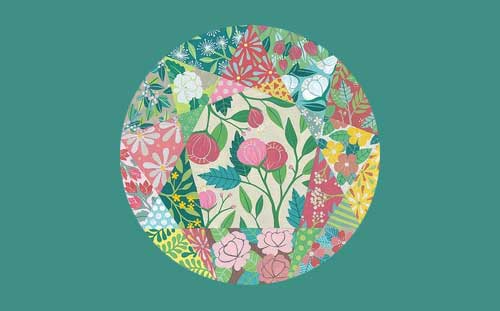It’s hugely important in deepening awareness of self and of others, and provides insight into the nature of our relationships. The model itself combines ancient wisdom with modern psychology in a sophisticated and elegant way.
The word “ennea” is a Greek word meaning the number “nine”. The word “gram” derives from the Greek word “grámma” and indicates “that which is written” or “that which is drawn” and it appears in words such as “diagram” and “anagram”. So the word Enneagram implies a “picture of nine”. The “nine” refers to nine personality styles and their related behavioral patterns. It’s worth bearing in mind that none of the nine styles is better or worse than any other. All can function exceptionally well and positively when they are operating at their best (on a good day!). Equally, all can be damaging and destructive when operating at their worst (on a bad day!).
The Enneagram touches on something that is fundamental to the human condition. Evidence of this is that people from many different cultural, national, and ethnic origins, and from a wide variety of spiritual and philosophical traditions, can recognize themselves somewhere in the nine characteristic styles described in this model.
More Details
The Enneagram is a circular model with nine numbers located on its perimeter representing nine “personality styles”.
Each style tends to pay attention to different aspects of the environment and has particular habitual ways of thinking,
feeling (emotion) and acting in the world.
The nine styles are subdivided into three groups of three. These groups are known as “centers”. The three styles in each center are similar in some ways, and very different in other ways. It’s like three members of the same family where all have the same surname but different first names; there’s a family resemblance, yet a definite uniqueness to each individual.
Enneagram teachers name the centers in their own idiosyncratic way but they are commonly referred to as Head Center, Heart Center, and Gut Center.
We each display aspects of all nine Enneagram styles, and different contexts or environments may draw out certain behavioral patterns that are not usually characteristic of us. For example, our behavior often changes when we’re feeling particularly stressed relative to when we’re relaxed. Each of the nine styles in the model is connected to two other styles by lines which indicate how our behavior can change under certain conditions.
This highlights an important point – if we want to understand why people behave in a particular way, we can’t look at their behavior in isolation. We have to consider the context within which the behavior occurs. The reason is that people tend to adjust their behavior in response to the context. Context refers to the external environment as well as the individual’s internal experience.

